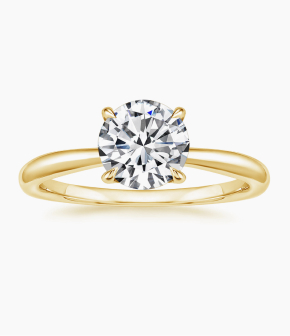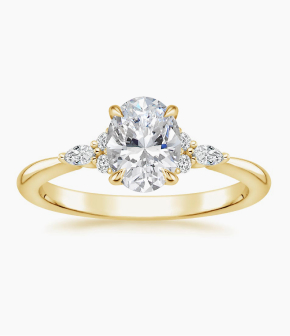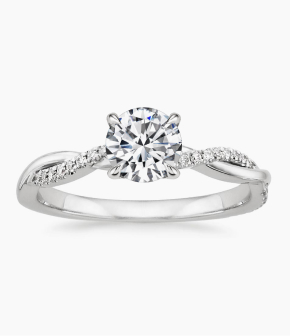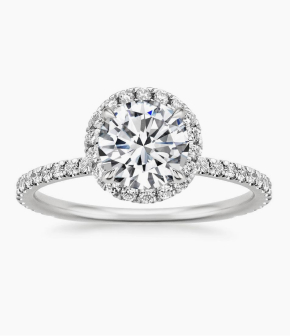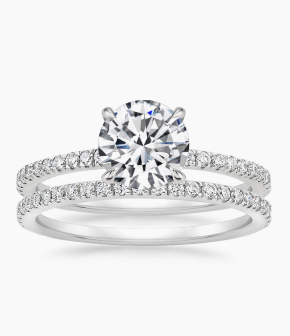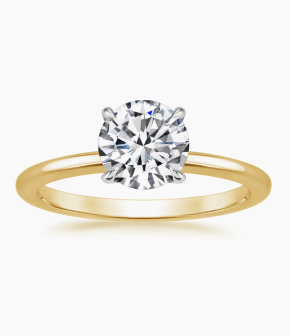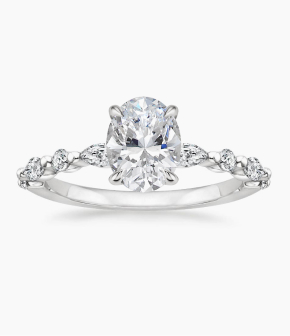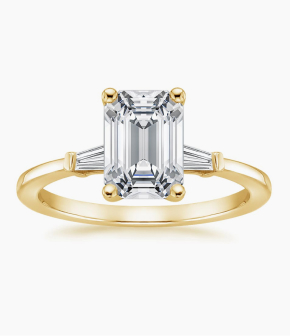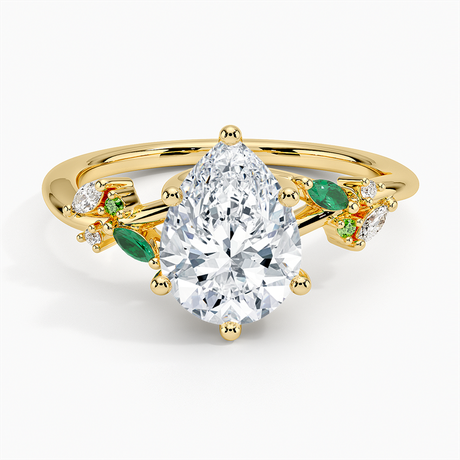When it comes to choosing the best setting for a pear-shaped engagement ring, there are several options to consider. The prong setting is widely favored, as it uses a set of prongs to securely hold the diamond in place, allowing its unique shape to shine. For those seeking added protection, a
bezel setting is an excellent choice, as it encases the diamond in a metal rim, providing both security and peace of mind. If you desire a more intricate design, a
halo setting might be the perfect fit. This style surrounds the pear-shaped diamond with smaller diamonds, creating a stunning halo effect that enhances the center stone's brilliance. Lastly, for those who appreciate elegance and uniqueness, a
split shank setting offers a sophisticated touch. The band splits as it reaches the center stone, resulting in a distinctive and eye-catching look.













